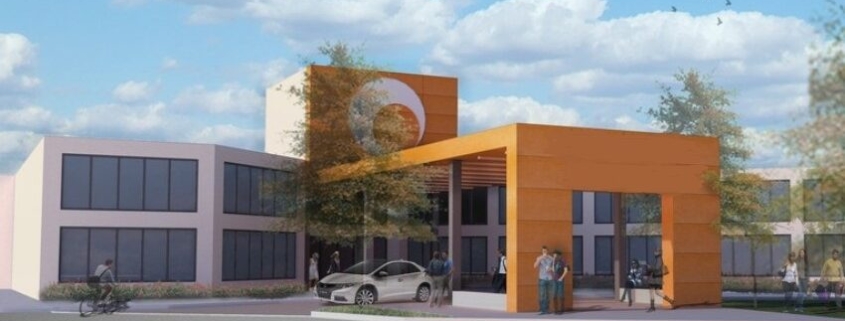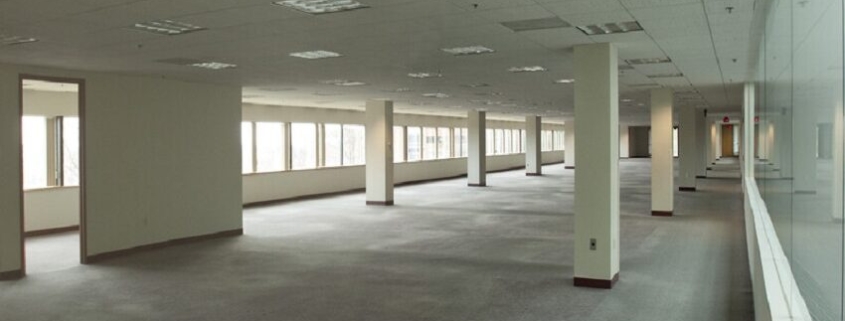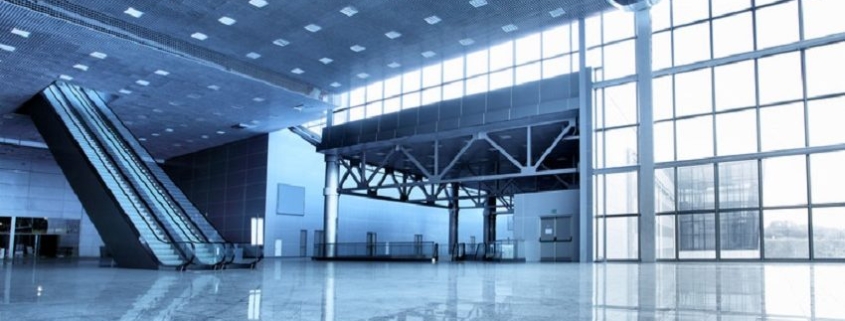Metro Nashville To Acquire Former Hickory Hollow Mall: Vanderbilt University Medical Center To Negotiate Lease Of 600,000+ Square Feet
Mayor John Cooper and Councilwoman Joy Styles just announced the city’s plans to acquire the Global Mall at the Crossings, formerly known as Hickory Hollow Mall, along with a new vision for the cornerstone property in Southeast Nashville.
Metro has signed a Letter of Intent with Vanderbilt University Medical Center (VUMC) to negotiate a long-term lease of at least 600,000 square feet for health care related services, similar to VUMC’s repurposing of retail space at One Hundred Oaks.
This announcement concludes a decade of uncertainty at the site and begins its long-awaited community-driven revival. The purchase is the latest in a series of recent investments in Southeast Nashville, including a new police precinct and a new city park off Tusculum Road. It is anticipated that if successfully negotiated, the long-term ground lease with VUMC will materially offset Metro’s purchase price.
Once the largest retail space in the state of Tennessee, the mall site will again serve as a community hub following a decade of underuse. In addition to the potential VUMC presence, the property may include space dedicated to community needs expressed through surveys and public meetings. These expressed community needs could include a facility for the arts, after-school youth programming, childcare, Metro offices and services, and entrepreneur and small business development opportunities. Health care, arts and youth programming would add to a broader site that already includes Nashville State Community College, the Ford Ice Center, the Southeast Community Center, and the Nashville Public Library’s Southeast Branch.
“This is incredible news for our area. After so many years of the mall sitting vacant, we are finally able to move forward with its new future for the community. I am grateful that Vanderbilt has recognized Antioch as a critical investment for community health care. I am also elated that with the purchase of the mall, we can now have a permanent arts space, an Antioch Performing Arts Center, to bring arts to Antioch,” Councilwoman Joy Styles said.
“We are investing in one of our fastest-growing neighborhoods, and it will pay major dividends for our city and Southeast Nashville in particular,” Mayor Cooper said. “World-class health care is just the start of what this site can do for the community. I look forward to seeing residents shape how we can best serve them with this site through community benefits like additional greenspace, dedicated space for the arts, and resources for entrepreneurs.”
Mayor Cooper and Councilwoman Styles will file legislation with the Metro Council allowing Metro Nashville to purchase the two separate properties for a combined $44 million. The first property is the former mall building itself, consisting of 650,000 square feet of rentable space. The other is an office building on the East side of the former mall building consisting of 160,000 square feet of rentable space. Metro Nashville will acquire the former mall site for $24 million and the office building for $20 million.
The decision to purchase and repurpose the former mall property follows extensive grassroots community engagement, including surveying more than 500 Antioch residents. Mayor John Cooper and Councilwoman Styles have worked closely with sustainable real estate developer Clay Haynes to assess opportunities to activate the property for area residents.
The Vanderbilt University Medical Center partnership represents the first phase of the project, focusing on increasing access to health care services and jobs. The second phase of the project will be guided by an extensive community planning process, to build on the 500 community responses already received. The Joe C. Davis Foundation has also agreed to help Metro Nashville activate the property and make it a true community asset.
Source: Nashville.gov




